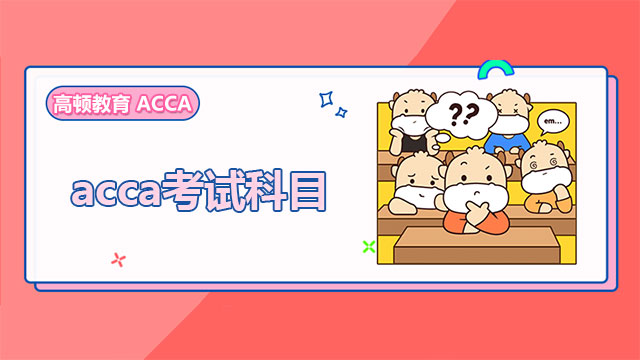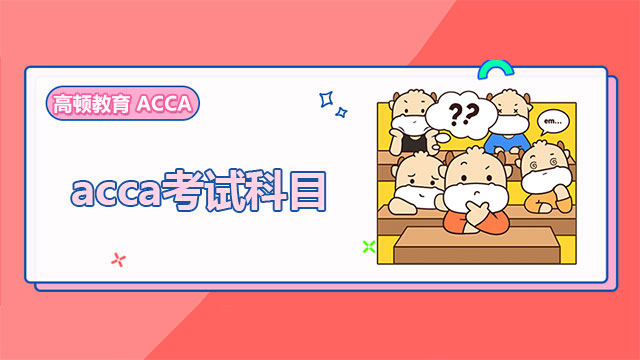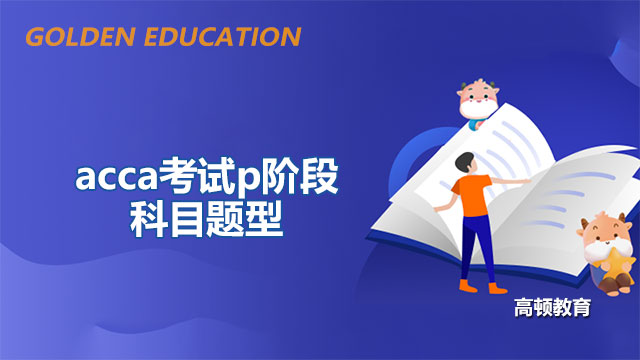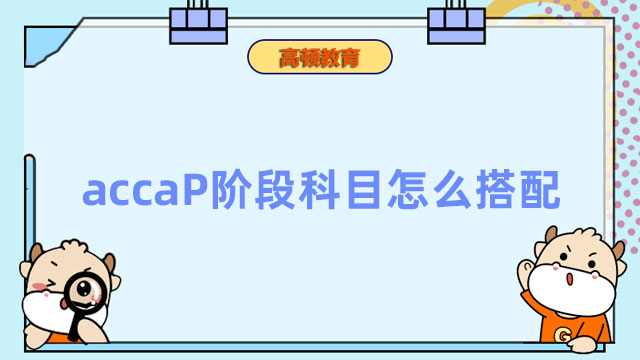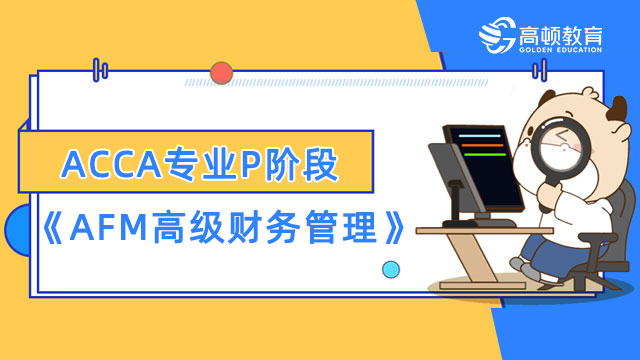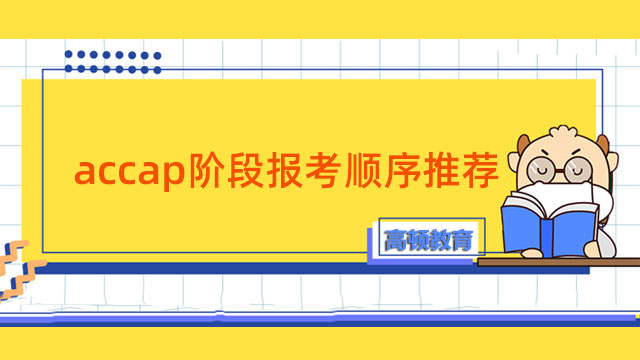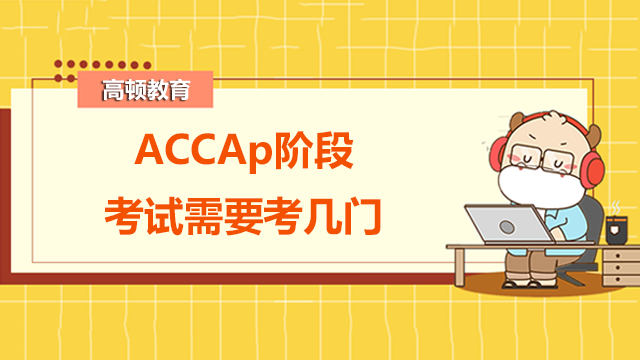2015新年回顾,ACCA考试《P3商务分析》知识辅导3
来源:
高顿网校
2015-03-09
漫漫考试路,各位考生,您准备好了吗?如何快乐高效的学习?高顿网校为广大学员提供2015年ACCA考试网络课程,请各位考生紧跟网校名师的步伐尽快进入备考复习,让高顿与您共同努力,2015年考试顺利通过!祝您梦想成真!免费听课》
STRATEGY AND PEOPLE
A discussion of the challenges of people when considering business strategy
An organisation’s resources. will probably contribute to most of the weaknesses and strengths in a SWOT analysis. Many, but not all, resources can be remembered by using the ‘M’ words: money, manufacturing, material, marketing, machinery, methods, management information, management, and men and women. Management, men and women can be called the organisation’s human resources.
In the Johnson and Scholes approach to strategy evaluation (suitability, acceptability and feasibility), resources relate to the feasibility of a project. If a resource is not available, either that plan will have to be changed or abandoned, or the resource must be found.
Many resources are relatively easy to define and come with known, stable properties, such as material of a certain quality or machinery with a promised performance. However, human resources can be problematic and increasingly difficult, to obtain successfully and reliably. This is because:
· Defining desired behaviour and measuring employee performance is often challenging.
· Defining desired behaviour and measuring employee performance is often challenging.
· Employees are complex, dynamic creatures with changing enthusiasm, preferences, skills, motivation, boredom levels and personal problems.
· Employees are complex, dynamic creatures with changing enthusiasm, preferences, skills, motivation, boredom levels and personal problems.
· Employees can choose to leave.
· In many countries, population changes mean that there are fewer people available to recruit employees from customary sources.
· In general, most jobs have higher technical content. Jobs that once made use of relatively stable skill-sets, such as plumbers and electricians, now require constant retraining to stay up-to-date with regulations and other developments.
· In economies where there has been a move away from manufacturing to service provision, more employees come into direct contact with customers (the ‘people’ part of the extended marketing mix)。 Therefore, if those employees are poor performers they can do instant harm to an organisation’s reputation. In manufacturing, poor employees can be ‘hidden’ in factories and the products they make can be inspected before delivery.
· There are many fewer jobs for life and if people move on regularly, there is a greater recruitment burden.
· Employment protection legislation can make it a difficult, and costly process to dismiss unsatisfactory employees. It is, therefore, important to get recruitment right and, where necessary, to enable employees to improve their performance to a satisfactory level.
STRATEGIC HUMAN RESOURCE MANAGEMENT
Ideally, strategic human resource management will form one component of the linear rational planning approach: analysis, choice, implementation. This will probably be the case where a rational plan has significant impact on the human resources needed. For example: Element of the rational plan
Possible impact on human resources Take-over a competitor to gain market share, gain economies of scale and reduce competition. Plan and put into effect redundancies as operations are merged and synergies sought. Encourage teamwork from remaining employees.
Expand into South America by setting up a manufacturing and distribution company there.
Recruiting suitable local employees. Move managers abroad to run the operation. Move a hotel chain up-market (3* to 5*) to escape fierce competition and earn higher margins. Decide what skills are needed in a luxury hotel. Recruit suitable staff; evaluate the skills of current staff and provide training. Possibly redeploy current staff into other roles.
In practice, the people who are managing human resources are themselves part of the human resource asset base and will be aware of a political dimension: power, promotion and status. Undoubtedly these understandable and probably unavoidable human factors can interfere with the rational approach. Additionally, human resource management is more at risk from ‘bounded rationality’。 This is our inability to be completely rational because we can’t know everything that we need to know to make rational decisions. At least when you buy a machine you can predict fairly well its life-time cost, performance and maintenance periods, and you can be confident that it won’t suddenly move to a competitor. Little of that is true with human resources.
The human resource planning approach described above is essentially a position-based approach: discover what’s happening in the environment, then adjust what the organisation does to suit that environment. However, given the competencies that might be possessed by many employees, it is important not to neglect the resource-based approach.
For example employees:
· could possess valuable knowledge and this is often the difficult-to-discover tacit knowledge
· will have formed business relationships with suppliers and customers
· might possess unique or scarce talents
· should have formed effective, motivated multi-skilled teams.
These can be the source of difficult-to-copy competitive advantage. Although employees might gain these attributes spontaneously, it is very important to recognise the contribution that good management can make to creating a human resource which is valuable, possesses core competences, is difficult to imitate and which is long-lasting.
Management can influence:
· recruitment
· training and development
· job design
· leadership and motivation.
Without carrying out these steps successfully it is unlikely that the capabilities arising from human resources will be more than threshold capabilities.
RECRUITMENT
The classic recruitment steps begin with:
· Human resource planning: How many people? What skills? When? Where?
· Job analysis: What is the job? What will the person be doing? A job title, such as ‘Accounts Assistant’ can mean very different things in different organisations. Job analysis researches what tasks the job entails and this will point the way to the competences a successful recruit should possess.
· Job description: This is the result of the job analysis.
· Person specification: This describes the attributes, such as experience, qualifications and personality, that a successful holder of the job must possess.
The person specification could be expressed in a competency framework. Competency is ‘the set of behaviour patterns that the employee needs to bring to a position in order to perform its tasks and functions with competence’。 Competency frameworks draw together the competences needed for the stated job.
Here is part of a competency framework that might be relevant to an accounts assistant.
Note that the competency framework will be useful at the following stages of an employee’s career:
· Recruitment: how does the candidate’s current performance compare to what is needed. Sometimes it will be essential that new employees come with full-fledged competences, but sometimes they could be employed in the hope that competency gaps can be made good.
· Training and development: in areas where actual performance is below required performance.
· Discipline: where employees are required to improve to meet the required competence.
· Promotion: where candidates have shown competences for a higher position.
For the sake of completeness, the remaining stages of the recruitment cycle are:
· Attract candidates and create a short list for interview
· Interview (and consider testing ability, aptitude and personality)
· Offer and acceptance
· Take up references
· Induction training to make the new employee comfortable and productive as soon as possible.
小编寄语:只要功夫深,铁杵磨成针。考试也是这样,只要够努力,功到自然成。
| ACCA网络课程 | 课程专业名称 | 讲师 | 试听 |
 85%的人正在学习该课程 85%的人正在学习该课程 | ACCA 全维度网课体验课程 实景课堂与独立录制 覆盖所有知识点,根据学习计划推进学习进度 | 高顿名师 |  |
 70%的人正在学习该课程 70%的人正在学习该课程 | ACCA网课全科卡(8.2折) 为零基础刚开始学习ACCA的学员特别定制 | 高顿名师 |  |
精彩推荐:
版权声明:本条内容自发布之日起,有效期为一个月。凡本网站注明“来源高顿教育”或“来源高顿网校”或“来源高顿”的所有作品,均为本网站合法拥有版权的作品,未经本网站授权,任何媒体、网站、个人不得转载、链接、转帖或以其他方式使用。
经本网站合法授权的,应在授权范围内使用,且使用时必须注明“来源高顿教育”或“来源高顿网校”或“来源高顿”,并不得对作品中出现的“高顿”字样进行删减、替换等。违反上述声明者,本网站将依法追究其法律责任。
本网站的部分资料转载自互联网,均尽力标明作者和出处。本网站转载的目的在于传递更多信息,并不意味着赞同其观点或证实其描述,本网站不对其真实性负责。
如您认为本网站刊载作品涉及版权等问题,请与本网站联系(邮箱fawu@gaodun.com,电话:021-31587497),本网站核实确认后会尽快予以处理。
点一下领资料
【整理版】ACCA各科目历年真题
真题高频考点,刷题全靠这份资料
下载合集
acca全科学习思维导图
梳理核心考点,一图看懂全部章节
下载合集
2023年acca考纲解析
覆盖科目重难点,备考按照计划走
下载合集
acca备考 热门问题解答
- acca考试怎么搭配科目?
-
建议优先选择相关联的科目进行搭配报考,这样可以提高备考效率,减轻备考压力,1、F1-F4:为随时机考科目,难度较低,这里可以自行随意选择考试顺序。2、F5-F9:如果你的工作的和财务会计或者审计有关、或者你比较擅长财务和审计的话,推荐先考F7和F8。你可以选择一起考ACCA考试科目F7和F8或者先考F7(8)再考F8(7),这就要取决你一次想考几门。3、P阶段:选修科目中,建议企业首选AFM!第二部分科目进行选择,如果AA和SBR掌握学生更好,可以通过选择AAA,如果SBL掌握的好,可以自己选择APM。
- acca一共几门几年考完?
-
acca一共有15门考试科目,其中有必修科目和选修科目,考生需要考完13门科目才能拿下证书。
- acca一年考几次?
-
acca一年有4次考试,分别是3月、6月、9月和12月,分季机考科目是采取的这类四个考季的模式,而随时机考则是没有这方面的时间规定限制,可以随报随考。
- acca的含金量如何?
-
ACCA证书的含金量是比较高的,从就业、能力提升、全球认可等角度来说,都是比较有优势的证书,其含金量主要表现在以下几个方面:1、国际化,认可度高;2、岗位多,就业前景好;3、缺口大,人才激励。
严选名师 全流程服务
其他人还搜了
热门推荐
-
acca专业阶段考试科目有哪些?究竟都考些什么? 2023-04-23
-
accaP阶段科目考完需要多久?速戳了解! 2023-03-28
-
ACCA高级课程是哪几门?和基础课程比难度怎么样? 2023-03-17
-
sbr和sbl哪个难?accaP阶段先考哪个? 2023-03-16
-
accaP阶段报名费是多少?一文介绍全了! 2023-03-14
-
accaP阶段有哪些科目?各科目详细介绍! 2023-03-14
-
accap阶段考试顺序是怎样的?选修科目怎么选? 2023-03-10
-
acca考试科目:《ATX高级税务》重点详解! 2023-03-06
-
acca考试科目:《APM高级业绩管理》重点详解! 2023-03-06
-
acca考试科目:《AFM高级财务管理》重点详解! 2023-03-06
-
accap阶段有效期是多久?需要几年内考完? 2023-03-01
-
accaP阶段选修选哪两门?各科难度对比来了! 2023-02-28
-
2023年acca的sbl怎么学?点击查收备考攻略! 2023-02-24
-
acca考试p阶段科目题型,附各科分值参考! 2023-02-23
-
accap阶段要考几门?重难点是什么? 2023-02-10
-
accap阶段要考几门?重难点是什么? 2023-02-10
-
accaP阶段科目怎么搭配?先考哪门? 2023-02-09
-
ACCA专业P阶段:《AFM高级财务管理》复习攻略 2023-01-30
-
accap阶段选哪两门?考试重难点介绍! 2023-01-17
-
acca考试科目:《AAA高级审计与鉴证》题型及重点! 2023-01-17
-
acca专业阶段考试难度分析,选修科目报考指南来了! 2023-01-12
-
accap阶段报考顺序推荐,先报哪个好? 2022-12-15
-
ACCAp阶段一次最多考几门?成绩有效期是多久? 2022-08-24
-
ACCA的p阶段需要备考多久才够?考试难度怎么样? 2022-08-18
-
ACCAp阶段考试需要考几门?考试时间是哪天? 2022-08-15
-
ACCA考试P阶段考几门?P阶段成绩有效期是多久? 2022-08-12
-
ACCAP阶段科目难度高吗?P阶段是机考吗? 2022-08-10
-
ACCA最后四门难考吗?通过率怎么样? 2022-07-19
-
ACCA英语不好怎么办?怎么提高英语? 2022-07-14
-
ACCA机考报名时间是什么时候?怎么报考? 2022-07-14
 更多服务
更多服务


















